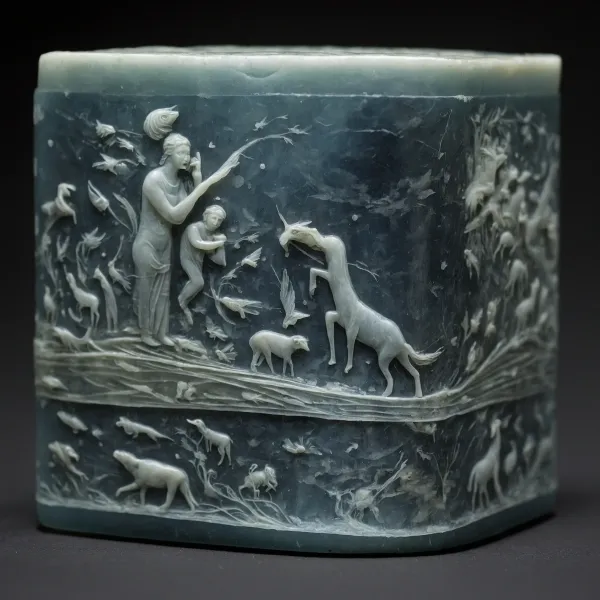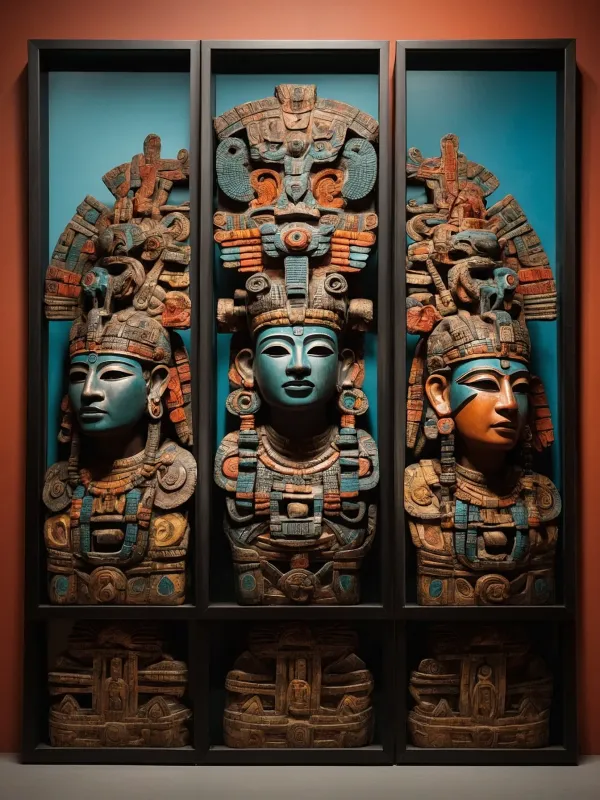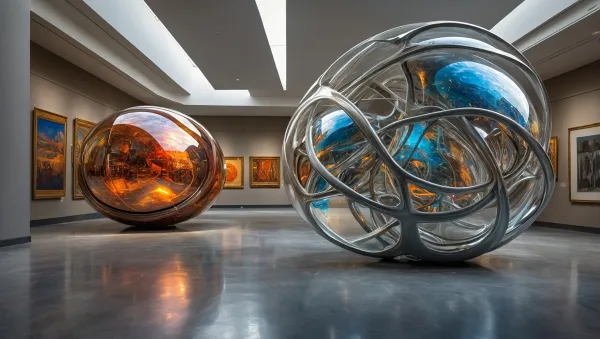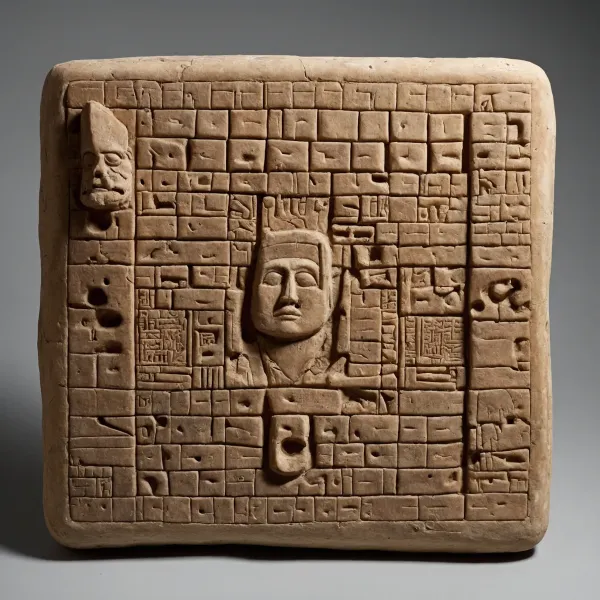Melisma and Myth
The story of a dress that merged music and mythology, and the enthralling power that hid behind its seams.

Sylvia Vandenbossche produced several masterpieces during her long career as a costume designer, but experts agree her tour de force was her wardrobe for the opera La Gorgone, and this gown in particular.
La Gorgone is an opera fantastique by Philippe Nyström based on classic works of mythology, especially Ovid's Metamorphoses. It follows the story of the famous snake-headed creature Medusa, depicting her as a tragic figure who lost her beauty, humanity, and her will to love and be loved.
Nyström wished the music to describe this transition, and insisted the rest of the production did the same. Sylvia Vandenbossche designed four costumes for Medusa, one for each act, that became more otherworldly as the narration moved forward. The gown above represented the full transformation of the character into a monster in the fourth act.
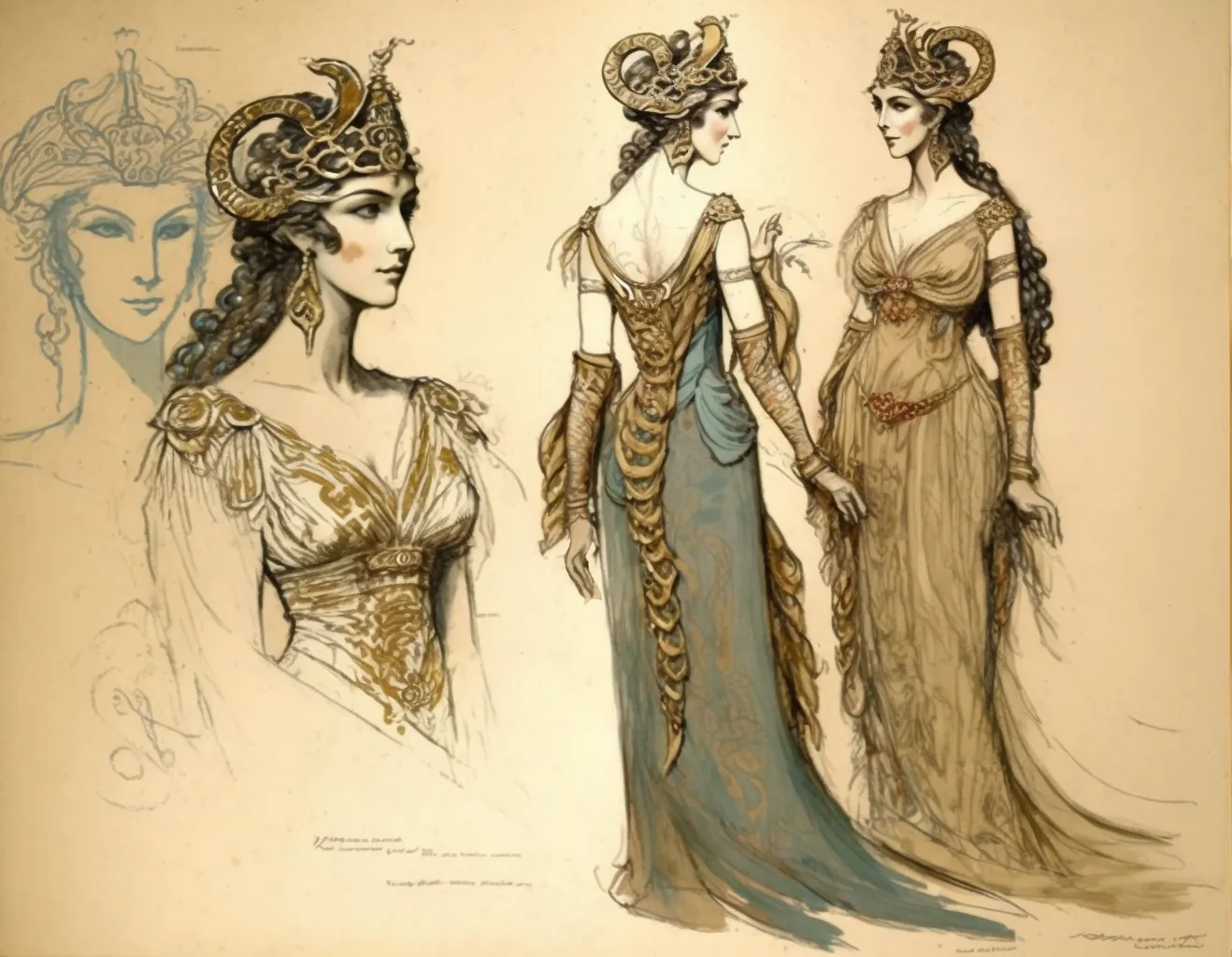
Vandenbossche and her collaborator, seamstress Berthe Dumont, borrowed techniques from puppetry to ideate a clever wire undergarment that allowed the gown's snakes to come to life as the singer moved across the stage. The result was so staggering, Nyström himself described the gown as a living entity.
This gown is also unique because it's only been worn but once, by the soprano Isabelle Ekdahl, the first ever Medusa. A quick piece of trivia: Sylvia Vandenbossche doubled her fee when she found out Madame Ekdahl's casting, due to the diva's infamous fastidiousness when it came to her on-stage presence.
Contrary to popular opinion, vanity never guided Madame Ekdahl; excruciating perfectionism did. She understood everything surrounding a production, from the stage design to her costumes (even her shoes) could heighten or hinder her performance. And she acted accordingly.
Madame's rigorousness nourished her career, but also made her incapable of savoring her success, as it also fueled her everlasting and biggest fear: losing her audience.
- Dahlia Andersen-Silva, The Life of Isabelle Ekdahl (1982)
La Gorgone opened at the Zurich Opera House in 1900 to great trepidation. During the last act, Isabelle Ekdahl executed the aria Ton Cœur Est Froid Comme Du Marbre (Your Heart Is Cold as Marble) to perfection, arguably one of the most difficult arias in opera history.
The soprano was shocked when she received no ovation. She would've stormed off in disappointment if she hadn't noticed Marco Santini's (Perseus) stiff pose and expression, and the sudden silence that had taken hold of the orchestra and the whole auditorium.
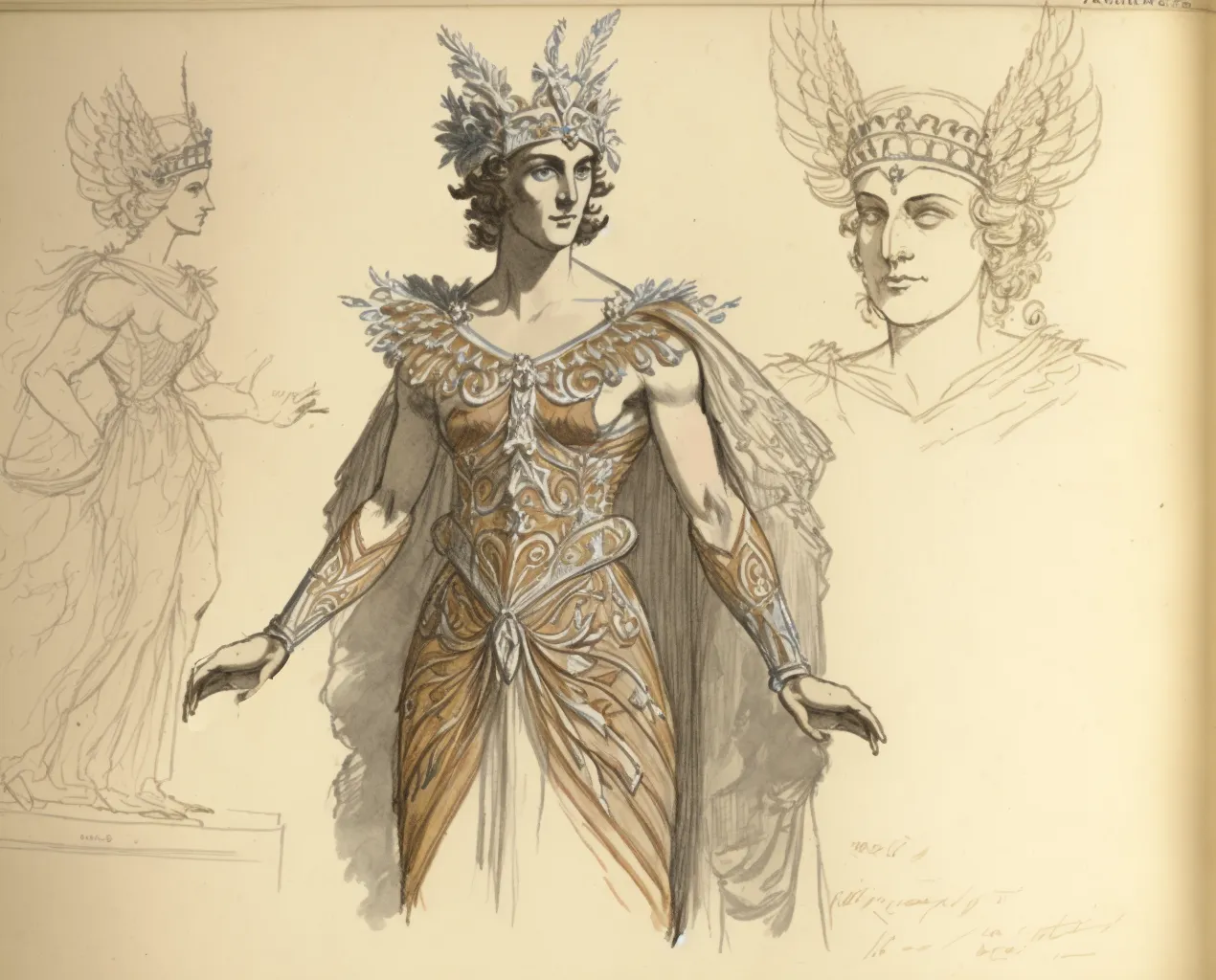
Hours later, the authorities found Isabelle Ekdahl fainted on the stage and a theatre full of people who suffered from a strange case of paralysis. After 24 hours, the alarming enrapture faded away without any grave consequences to anybody's health, though the event startled Madame Ekdahl so, she retired the next day.
No one dared to perform La Gorgone until 1973, when it inaugurated the season of the Metropolitan Opera in New York. Fortunately, nothing extraordinary tainted that performance, and Nyström's piece reclaimed its importance as one of the most fascinating operas ever composed.
Since then, several companies had tried to borrow Sylvia Vandenbossche's gown from the Ravensfield Collection for new renditions of La Gorgone. The Ravensfield family has always refused, and this iconic dress has never left its glass case since its donation by the Zurich Opera in 1905—a sight to behold and a visitors' favorite to this day.

